7. Day for Night (François Truffaut, 1973)
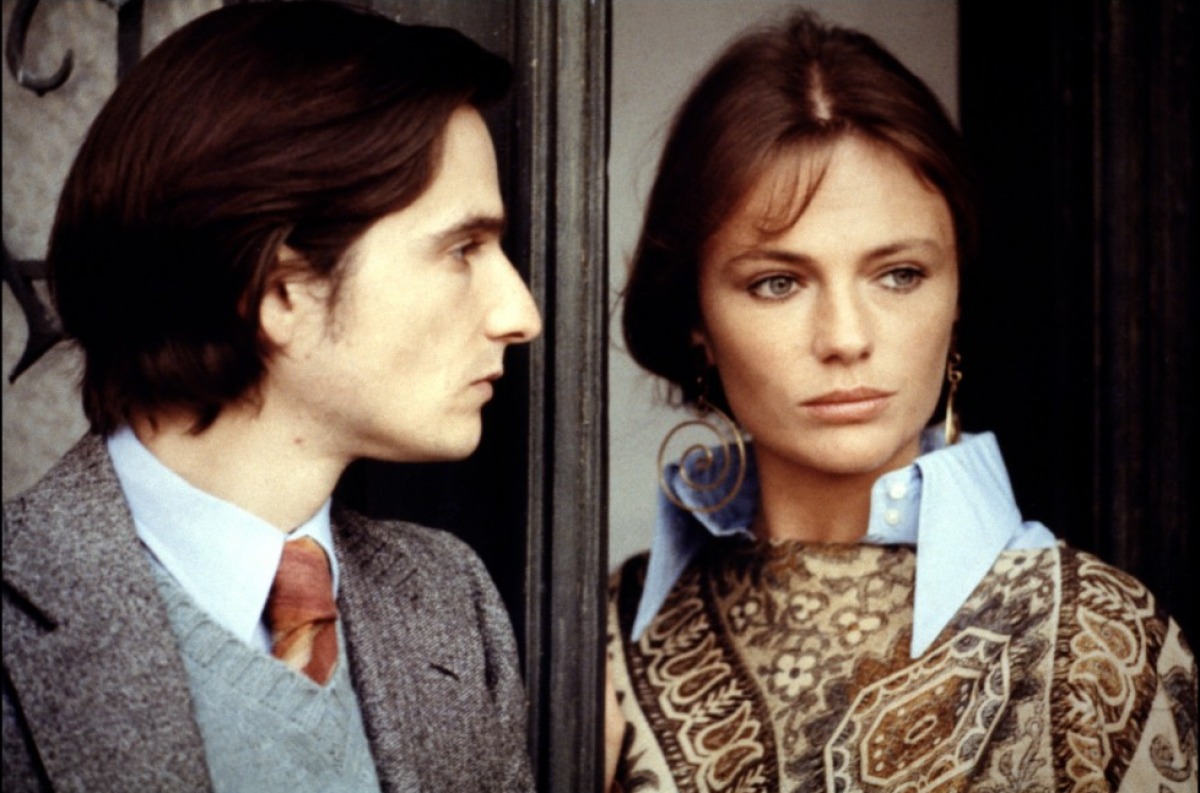
The film that destroyed the friendship between Godard and Truffaut is one of the core examples of films about filmmaking. It stars Truffaut himself as Ferrand, a film director facing troubles in the middle of the production. With this obvious alter-ego, Truffaut shows the process of filmmaking as an exhaustive task where emotions are not controlled and everyone has something more important to do.
How much can someone sacrifice through filmmaking? Can someone give up their life for filming? These questions couldn’t be more personal coming from Truffaut, a filmmaker with a great and deep love toward cinema. But becoming a filmmaker after his life as a critic on cahiers seemed to be hard, and all the emotions involved in making a film are shown as something that consume your life little by little.
The film echoes a prior work by Fassbinder, “Beware of a Holy Whore”, where filmmaking is shown as a way to exploit emotions and to generate dependence from anyone.
8. Monty Python and the Holy Grail (Terry Gilliam and Terry Jones, 1975)
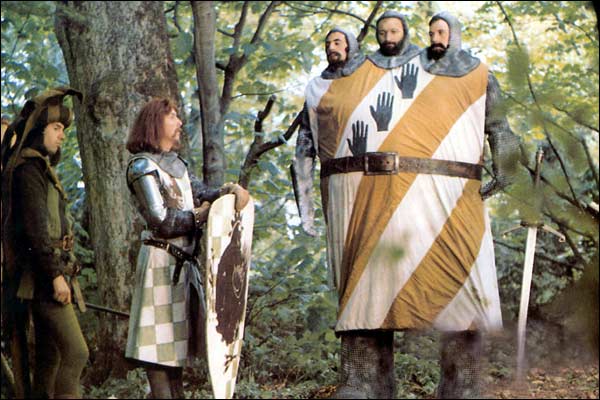
Comedy was one of the first genres to explore self-reflection as tool, because of the potential that parody had to make people laugh. Film conventions are one of the ways to make every film look the same without making a reflection, but revealing these conventions proved to be a very effective way to make the audience laugh.
Monty Python wasn’t a crew that was interested in portraying society in a realistic way; instead they preferred to exaggerate and make everything bigger and ridiculous. In their first feature, they made an epic based on King Arthur, and they used and revealed every topic of knight films.
From the indisputable courage of their characters to the rudeness of the villain, “The Holy Grail” was a funny film because it made fun of what the film was supposed to be. One of the most brilliant gags of the film makes fun of how the film’s sound is unrealistic, and how we are used to it. We hear the sound of the horses before they appear, and it sounds grand and rude.
Then we can see one of the members is in charge of going around hitting two shoes to make the sound of the horses. Monty Python made a funny joke out of it, and at the same time made an ahead-of-time reflection on the nature of sound on film.
9. The Purple Rose of Cairo (Woody Allen, 1985)
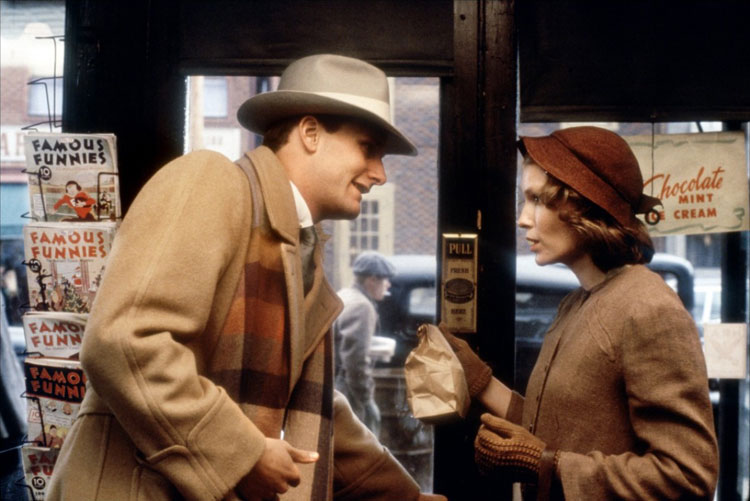
Woody Allen’s films are full of cinema references; his passion for making films comes from cinephilia and he doesn’t hide the fact at all. Fellini and Bergman are clearly his two favorites and most referenced directors, but he plays with their themes in a more relaxed and lighter way. His films are more of an honest tribute to his idols, and to the experience of watching a film rather than a theoretical way to play with narrative.
His most explicit love letter to this experience is “The Purple Rose of Cairo”. Cecilia (Mia Farrow) is an unmotivated waitress who runs every night to the cinema to disconnect from her problems. She gets especially engaged with “The Purple Rose of Cairo” and she goes to see it every day.
Suddenly, the main character realizes that she came again to see the film and starts to talk with her. The rest of the film follows this impossible love between a girl and a movie character, and the difficult love between life and cinema in Allen’s world.
10. Close-Up (Abbas Kiarostami, 1990)
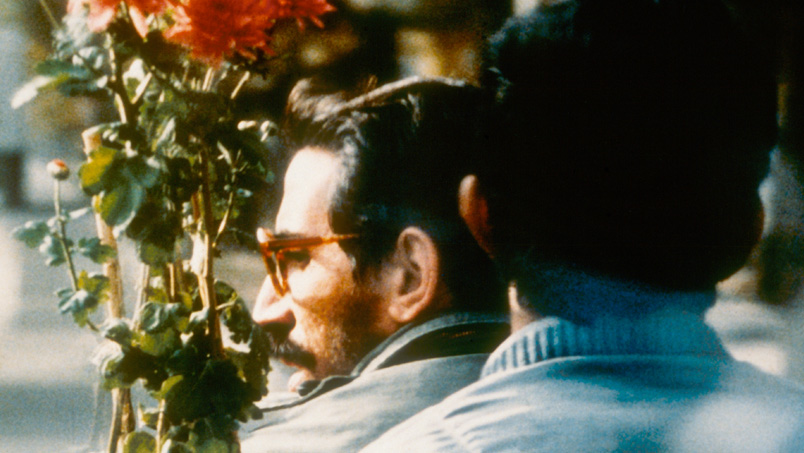
Iranian cinema pays a special attention to the way people behave toward the “other”. In this questioning, the directors had included their own way to relate as filmmakers and as celebrities. So when Abbas Kiarostami found the history of Hossain Sabzian in a newspaper, he decided to make a film about it immediately.
During the late 80s, a cinephile named Sabzian convinced a family that he was Mohsen Makhmalbaf, one of the most famous directors in Iran. Sabzian made many visits to their place and asked them for money to finance the film, a film that he obviously wasn’t prepared to make. After some suspicions, the family called a journalist and they denounced Sabzian to the police.
Kiarostami makes a documentary on this process, recording the whole trial and a series of interviews with both Sabzian and the family. In the middle he makes re-enactments of the facts, but the special and brilliant element of these re-enactments is that they are played by Sabzian himself and the family.
Kiarostami asks about the nature of reality, and the nature of film, which are both extremely close to each other. “Close-Up” made it impossible for festivals and producers to label it between documentary and fiction, and after this film’s release, those borders are harder to distinguish.
11. The Player (Robert Altman, 1992)
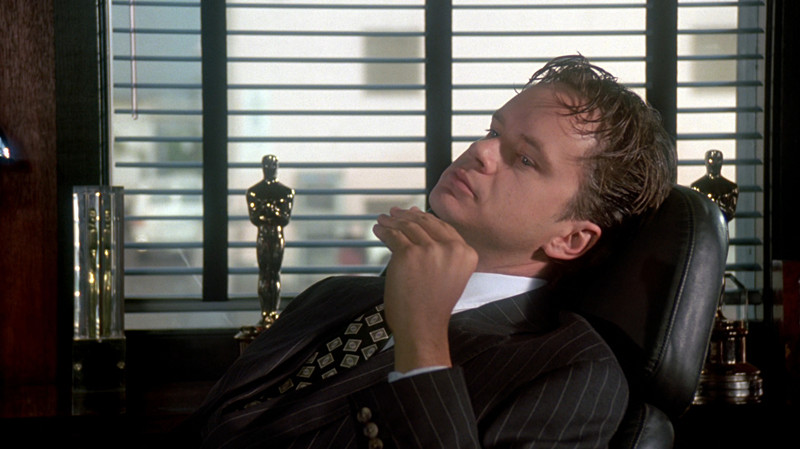
Altman was always an outlaw inside Hollywood, pulling out narrative mainstream films with an authorial point of view. This way wasn’t easy for Altman, as he always found different difficulties coming from the studios. Tired of a homogeneous and non-creative industry, he made a film about it. Tim Robbins portrays a cruel executive producer in charge of choosing potential films. When he starts to receive death threats by mail, the film turns into a dark thriller.
The film is full with meta jokes all around. Altman throws darts against every Hollywood convention about how a movie should be, and the restrictions against a more courageous kind of film. It seems that the critique was widely shared between his co-workers, as we can see cameos from every popular actor from the early 90s: Julia Roberts, Bruce Willis, Susan Sarandon, John Cusack, Jeff Goldblum, and many, many more.
Toward the end, the meta references start to go in a serious direction, turning the film into a much more complex tale. The Hollywood spirit starts to take control of the film and takes it out of Altman’s intentions in one of the most funny and smart meta narrative closing of a film.
12. Scream (Wes Craven, 1996)
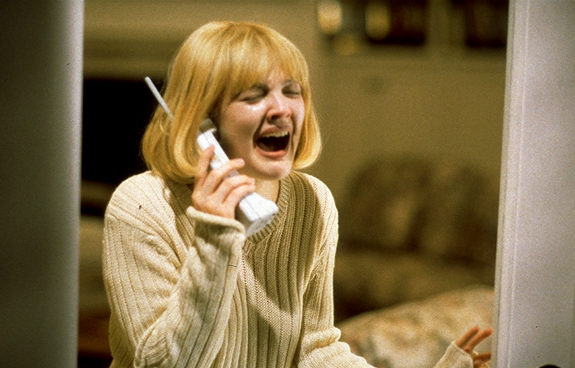
“What’s the point? They’re all the same. Some stupid killer stalking some big-breasted girl who can’t act who’s always running up the stairs when she should be going out the front door. It’s insulting.”
Later in the scene, we see Neve Campbell trying to escape through the front door, but when she is blocked by Ghostface she has to run up the stairs. This is only one of many meta jokes in “Scream”. The actualization made by Craven is pretty ingenious: a slasher film in the 90s couldn’t ignore the fact that the victims knows how a slasher works. Some of our fears are configured by cinema, and the way we should react imitates it.
In “Scream”, there is a horror fan geek who explains the rules of slasher to everybody in the room: the virgin lives, the other ones die. Craven explains the rules of his film directly to the audience, and then adds some changes both surprise and also subvert the genre.
13. Irma Vep (Olivier Assayas, 1996)
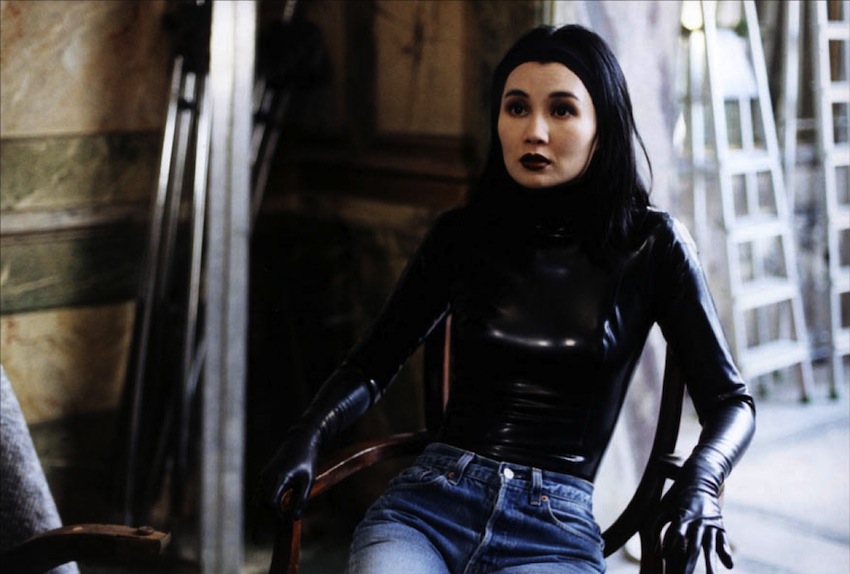
A film about a crew trying to pull out a film wasn’t such a novelty idea in the 90s. But the way Assayas mixes elements from everywhere makes the film go beyond this notion, turning it into a reflection about the French and world cinema situation.
An old novelle vague director played by Jean-Pierre Léaud wants to make a remake of “Les Vampires” (Louis Feuillade, 1915), but he finds constant trouble with his crew and his own mental stability. Maggie Cheung plays herself as the Chinese protagonist of the film. It is not a coincidence to put the main novelle vague actor to play the old novella vague director, or to have Maggie Cheung play herself as a naïve and complacent foreigner.
With this exercise, Assayas can question French cinema audiences and their excitement toward Asian action cinema. Assayas is not defending the old art-house cinema against John Woo, but he makes us question what to do with this old-fashioned cinema when no one wants to see it.
The ending is probably one of the most radical closings in French cinema since Godard’s filmography. This confusion around film itself gets condensed in this extremely weird segment. “Irma Vep” works as an intellectual reflection, which mocks intellectual exercise at the same time. The film questions its own themes and dialogues and constantly gives back the look to the audience.